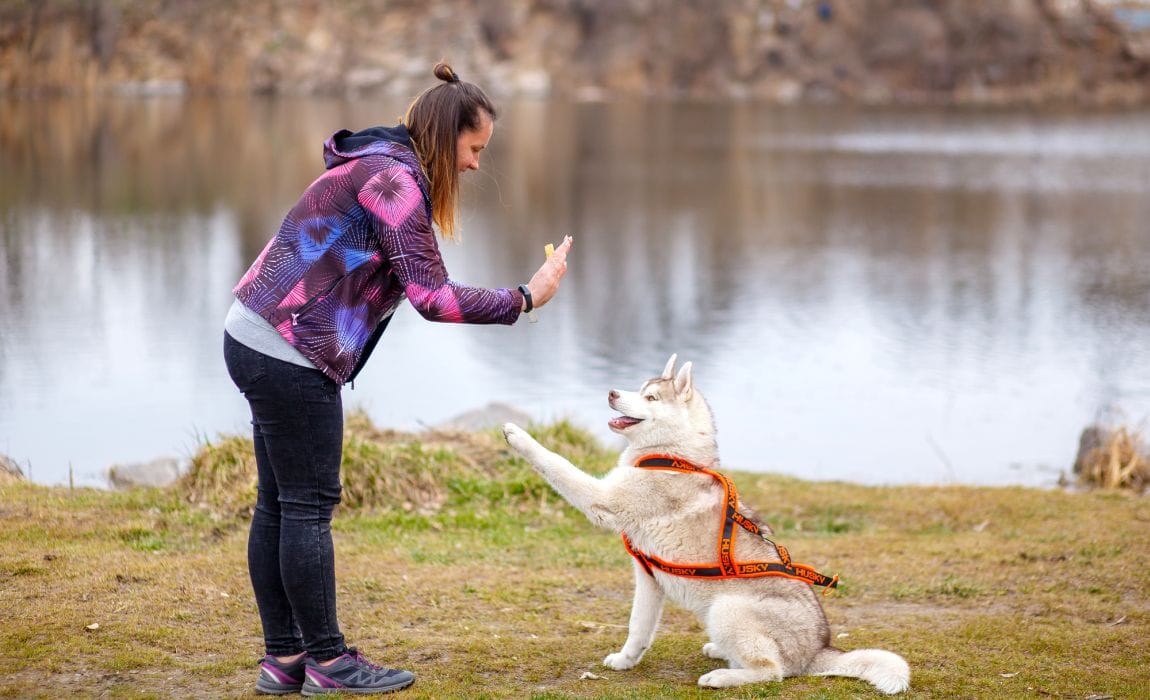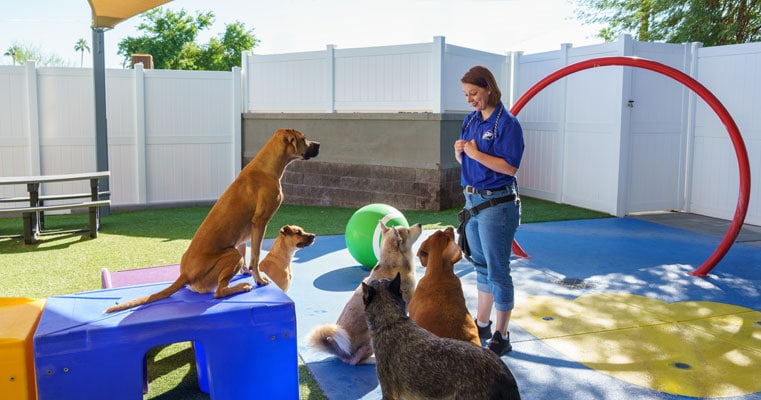Top Pet Dog Training Methods Every Owner Need To Know
Understanding effective canine training methods is vital for any family pet proprietor intending to grow an unified connection with their canine friend. Among the most prominent methods are favorable support, clicker training, and chain training, each offering distinct benefits that add to a mannerly dog. The success of these methods frequently pivots on the owner's commitment to uniformity and perseverance. As we check out these fundamental strategies, it ends up being evident that mastering their subtleties can dramatically affect the training experience and the dog's general habits. What are the important components that will make sure these strategies are applied effectively?
Positive Reinforcement Techniques
Using positive reinforcement techniques is crucial for reliable canine training, as it promotes a relying on bond between the canine and the fitness instructor. This technique concentrates on rewarding desirable behaviors instead of penalizing unwanted ones, producing an atmosphere for finding out. Incentives can include deals with, appreciation, or play, which motivate canines to duplicate the behaviors that make them these incentives.
Positive reinforcement is rooted in the concepts of operant conditioning, where habits is affected by its effects. By regularly gratifying details activities, instructors can form a canine's habits in time. A pet that rests on command and receives a reward is much more most likely to repeat that actions in the future.
Additionally, this technique improves the pet's interest for training sessions. They are much more involved and receptive when pet dogs associate training with positive experiences. Beyond immediate therapy, positive reinforcement urges a collaborative partnership between the pet and trainer, minimizing anxiety and worry.
To maximize performance, it is vital to deliver benefits quickly, making certain the pet connects the habits with the support. Fundamentally, positive reinforcement techniques not only generate better-trained pets yet likewise advertise a harmonious partnership in between pet and proprietor.
Clicker Training Technique
The remote control training approach is an extremely efficient strategy that develops upon the concepts of favorable support by adding a distinct noise to mark preferred behaviors. This method utilizes a little portable gadget that generates a clicking sound, enabling fitness instructors to communicate with their pets in a clear and prompt fashion. When a canine does a behavior that the proprietor desires to motivate, the clicker is activated, adhered to by an incentive, commonly in the form of deals with or appreciation.
The trick to effective remote control training hinges on consistency and timing. It is crucial to click at the precise moment the wanted habits takes place, guaranteeing that the dog connects the audio with the action and the succeeding reward. This method not just improves interaction yet additionally fosters a more powerful bond between the proprietor and the canine, as it motivates interaction and interaction throughout training sessions.
Clicker training can be related to a selection of behaviors and commands, from fundamental obedience to more intricate techniques. Its convenience and efficiency make it a preferred technique amongst specialist trainers and family pet owners alike, paving the way for a well-trained and responsive canine buddy.

Chain Training Fundamentals
Effective leash training is essential for ensuring a safe and pleasurable walking experience for both pets and their proprietors. A level collar may work for some dogs, while others might benefit from a harness that lowers drawing.
Introduce your canine to the chain slowly, permitting them to explore it in a comfortable environment. This involves gratifying your pet dog for walking next to you instead than pulling in advance.
If your pet begins to draw, stop walking promptly. In addition, practice different strolling atmospheres to aid your pet adapt to disturbances.
Normal method will solidify your canine's understanding of leash rules. Keep in mind that leash training is a continuous process; patience and uniformity will generate the very best outcomes, cultivating a positive experience for both you and your canine useful site friend.
Socialization Strategies
Socialization is an important facet of dog training that should preferably start during puppyhood yet can be valuable at any type of age. Reliable socialization helps pet dogs develop self-confidence and reduces the possibility of behavioral problems. To apply successful socialization approaches, subject your pet to a variety of settings, people, and other pets.

Beginning with controlled setups, such as pup classes or arranged playgroups, where young pets can interact safely. Slowly present your dog to new experiences, including various noises, surfaces, and tasks. Ensure these experiences are fulfilling and favorable to develop a feeling of protection.
For grown-up canines or those lacking direct exposure, start with low-stress situations. Short, positive interactions with calm dogs and pleasant people can create positive associations - Dog training. Use treats and praise to reinforce preferable behaviors during these experiences
Monitoring your dog's body movement is vital; indicators of fear or aggressiveness need to be addressed right away, either by getting rid of the dog from the circumstance or redirecting its focus. Regularly revealing your pet to diverse stimulations will promote versatility, making it a well-shaped buddy efficient in thriving in various settings.
Consistency and Persistence
Acknowledging the importance of consistency and persistence in pet dog training is important for accomplishing long lasting results. Irregular training can lead to confusion, making it hard for the pet to understand actions or commands, inevitably preventing progression.
Canines, like humans, learn at their own rate. This fosters a trusting relationship in between the pet dog and proprietor, motivating a more prepared and passionate learner.
To cultivate uniformity and patience, develop a regular training regular, make use of the same commands, and ensure that all member of the family use the very same training concepts - Dog training. By doing so, you develop a steady setting for discovering, Source permitting your canine to create and grow into a mannerly friend

Final Thought
In final thought, efficient dog training methods, such as favorable support, remote control training, and proper leash training, are vital for cultivating a healthy owner-dog partnership. Additionally, executing socialization approaches and preserving uniformity and perseverance throughout the training process adds dramatically to a dog's overall well-being. By incorporating these approaches, pet dog owners can help with the development of well-adjusted, obedient animals, eventually improving the top quality of life for both the dog and the proprietor.
Among the most popular approaches are favorable support, remote control training, and leash training, each offering unique advantages that add to a well-behaved dog. As we check out these basic approaches, it ends up being obvious that understanding their nuances can dramatically affect the training experience and the pet dog's general behavior.Utilizing favorable support methods is crucial for efficient pet dog training, as it fosters a trusting bond in learn the facts here now between the canine and the instructor.In conclusion, reliable dog training methods, such as positive reinforcement, clicker training, and proper leash training, are vital for promoting a healthy owner-dog connection. By integrating these methods, pet dog owners can assist in the development of well-adjusted, obedient pet dogs, ultimately enhancing the top quality of life for both the canine and the owner.